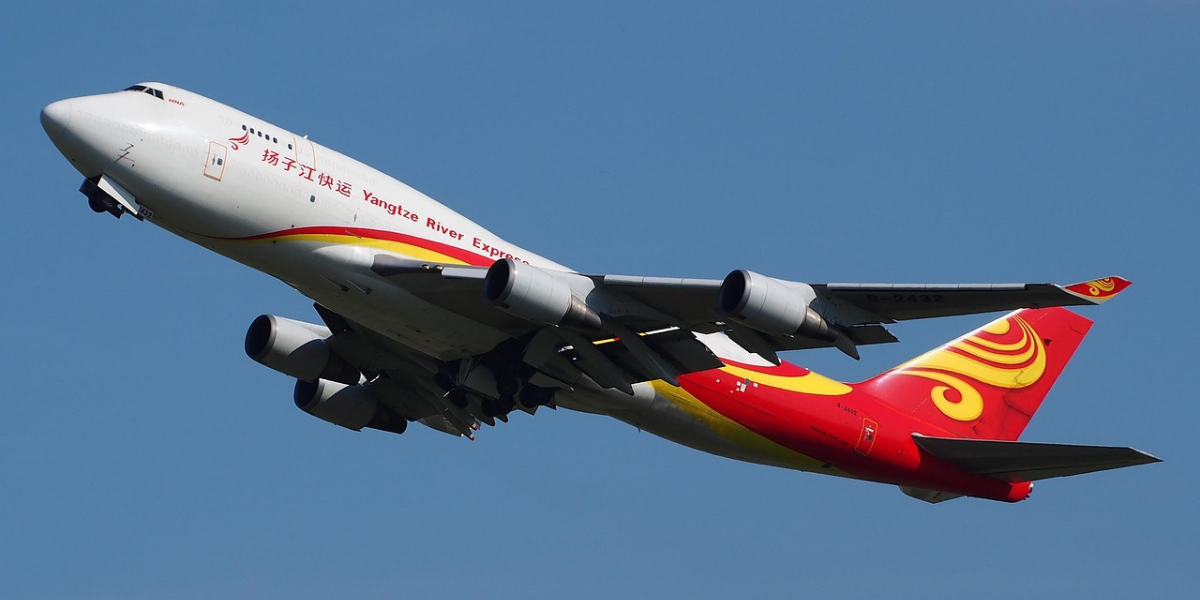Boeing’s 747, affectionately known as the “Queen of the Skies,” is one of the most iconic aircraft in aviation history. But just how high does a 747 fly? Whether you’re a frequent flyer, an aviation enthusiast, or simply curious, understanding the operational altitude of this jumbo jet opens up a sky full of fascinating insights.
How High Does a 747 Fly Sky-High Facts A Boeing 747 usually flies between 33,000 and 43,000 feet high (about 10,000 to 13,100 meters). It can go as high as 45,000 feet (13,700 meters), which is its maximum limit. Flying at this height helps the plane save fuel and avoid most bad weather.
In this article, we’ll take you through everything you need to know about the cruising altitude of the Boeing 747, from technical specifications to real-world flight patterns, comparisons with other aircraft, and why flying at high altitudes matters.
How High Does a Boeing 747 Fly?
Cruising Altitude of a 747
The Boeing 747 typically cruises at an altitude of 35,000 to 45,000 feet (about 10,668 to 13,716 meters). This range is considered optimal for both fuel efficiency and speed.
- Standard cruising altitude: Around 35,000–38,000 feet
- Maximum certified altitude: Approximately 45,000 feet (for certain models)
Variations by Model
Different versions of the 747 have slightly different capabilities:
- 747-100 and 747-200: Cruising altitude typically around 35,000 feet
- 747-400: Can cruise efficiently between 35,000 and 41,000 feet
- 747-8 Intercontinental (latest passenger version): Certified to fly up to 43,000–45,000 feet
Why Do 747s Fly So High?
Benefits of High-Altitude Flying
Flying at high altitudes isn’t just about reaching for the sky—it comes with several practical advantages:
- Fuel Efficiency: Thinner air reduces drag, improving fuel economy.
- Speed Optimization: Jets fly faster and more efficiently at higher altitudes.
- Weather Avoidance: Flying above weather systems reduces turbulence.
- Air Traffic Management: Higher altitudes provide more room for safe aircraft separation.
Atmospheric Conditions
The stratosphere, where the 747 flies, offers relatively stable temperatures and fewer weather disruptions, making it ideal for long-haul travel.
How 747 Altitudes Compare with Other Aircraft
| Aircraft Model | Typical Cruising Altitude |
|---|---|
| Boeing 737 | 35,000–41,000 feet |
| Airbus A380 | 35,000–43,000 feet |
| Concorde (retired) | 50,000–60,000 feet |
| Military Fighter Jets | Up to 65,000+ feet |
While the 747 isn’t the highest-flying plane, it strikes a perfect balance of performance and passenger comfort.
Factors That Affect a 747’s Cruising Altitude
How the Weight of a 747 Affects Its Flying Height
The weight of a Boeing 747 plays a big role in how high it can fly. When the plane is fully loaded—with passengers, cargo, and fuel—it’s heavier, which means it can’t start off flying at its highest possible altitude.
For example, at the beginning of a long flight, a 747 might cruise at around 31,000 feet. As the plane travels and burns fuel, it becomes lighter. This allows the pilots to gradually increase the altitude to more efficient levels—sometimes climbing to 35,000 feet, 38,000 feet, or even higher depending on conditions.
Flying higher helps the plane use less fuel, go faster, and avoid turbulence. But it can only happen once the weight has dropped enough to make it safe and efficient to climb.
In simple terms, the heavier the plane, the lower it starts flying. As it gets lighter, it climbs higher into the sky.
How Weather and Wind Affect the 747’s Cruising Altitude
Weather and wind conditions play a big role in deciding how high a Boeing 747 should fly during a flight. Before takeoff, pilots and flight planners carefully check real-time weather reports and study wind patterns—especially something called the jet stream.
The jet stream is a fast-moving river of air high in the atmosphere. If the plane can fly with the jet stream, it can save fuel and reach its destination faster. But if the jet stream is blowing against the plane, pilots may choose a different altitude to avoid it and reduce drag.
Other weather factors also come into play. For example:
- Storms or turbulence might be stronger at certain heights, so pilots aim to fly above or around them.
- Temperature changes at high altitudes can affect how the engines perform and how stable the flight feels.
- Cloud coverage or icy conditions may also impact the chosen flight level.
Thanks to modern technology and detailed weather forecasting, pilots can adjust their cruising altitude during the flight to stay safe, save fuel, and keep the ride as smooth as possible for passengers.
In short, the sky is always changing—and pilots use smart tools and data to find the best altitude for every trip.
How Air Traffic Control Helps Decide a 747’s Cruising Altitude
One of the most important reasons a Boeing 747 flies at a certain altitude is because of air traffic control, often called ATC. Their job is to keep all airplanes flying safely and in an organized way.
Imagine the sky as a giant highway with invisible lanes stacked on top of each other. With so many planes flying at the same time around the world, things could get really messy without someone managing the traffic. That’s where ATC comes in.
Before and during the flight, air traffic controllers communicate with the pilots to tell them which altitude they should fly at. These assigned altitudes are called cruising levels. The exact level a 747 flies at can depend on a few things, such as:
- How crowded the airspace is – If there are lots of planes flying the same route, ATC might ask a 747 to fly a little higher or lower to keep a safe distance from others.
- Direction of travel – Planes flying in one direction (like eastbound) are usually assigned different altitudes than planes going in the opposite direction (like westbound), to prevent head-on collisions.
- Other airspace rules – Some areas have specific altitude rules for military, commercial, or even private aircraft.
Pilots must always follow the instructions given by air traffic control. Sometimes they may request a change in altitude for better fuel efficiency or smoother air, but they must wait for ATC approval before making any changes.
So, while the 747 has the ability to fly very high, where it actually flies depends in part on how busy the skies are and what ATC says is safest.
Real-World Case Studies: 747 Flights in Action
Case Study 1: Lufthansa Flight LH456 (747-8I)
- Route: Frankfurt to Los Angeles
- Initial Altitude: 31,000 feet
- Cruise Altitude: Gradually climbs to 41,000 feet over the Atlantic
Case Study 2: British Airways Flight BA113 (747-400)
- Route: London Heathrow to JFK
- Cruise Altitude: Maintains approximately 36,000–38,000 feet
These examples show how flight paths adapt based on route, weight, and air traffic.
Myths About 747 Altitude
- “The higher the plane, the more dangerous it is.” False. High-altitude flying is standard practice and improves safety and efficiency.
- “All planes fly at the same height.” Not true—altitudes vary by aircraft type, weight, route, and weather.
- “A plane can’t go higher than 40,000 feet.” The 747-8 can go beyond that, depending on conditions and certification.
Fun Facts About the Boeing 747 at High Altitude
- At 40,000 feet, outside temperatures drop to around -70°F (-56°C).
- The curvature of the Earth becomes faintly visible to passengers.
- Cabin pressure is regulated to simulate about 6,000–8,000 feet above sea level for comfort.
Tips for Passengers Flying at High Altitudes
- Stay Hydrated: Air is drier at higher altitudes.
- Move Around: Encourage circulation on long-haul flights.
- Use Moisturizer: Skin dries out more easily.
- Bring Ear Protection: Pressure changes can cause discomfort during ascent and descent.
Conclusion
The Boeing 747’s ability to cruise at such high altitudes is a testament to its engineering excellence. Whether it’s improving fuel efficiency, avoiding weather disturbances, or providing a smoother ride, high-altitude flight is a critical component of modern air travel. As one of the greatest engineering feats in commercial aviation, the 747 remains a marvel of altitude optimization.
- From understanding how altitude affects performance to knowing what to expect as a passenger, you’ve now got sky-high knowledge about one of aviation’s greatest icons. Next time you see a 747 soaring above, you’ll know exactly how high it’s flying—and why it matters.




